

James Wong
2026 Audi Q5 review: Quick drive
5 Days Ago

Journalist
The first details have emerged about the future of Infiniti under Nissan’s latest turnaround plan, dubbed Nissan Next.
Unveiled last week, the plan will see the automaker shutter factories to reduce production capacity, as well as lean more heavily on its Alliance partners Renault and Mitsubishi, especially outside of its core markets in the US, Japan and China.
“We will bring back Infiniti as Nissan-plus, in terms of product and technology,” Ashwani Gupta, Nissan’s chief operating officer, told Automotive News.
He vowed to make Infiniti “great again”. Gupta, it’s widely reported, is the main architect of the Nissan Next plan.
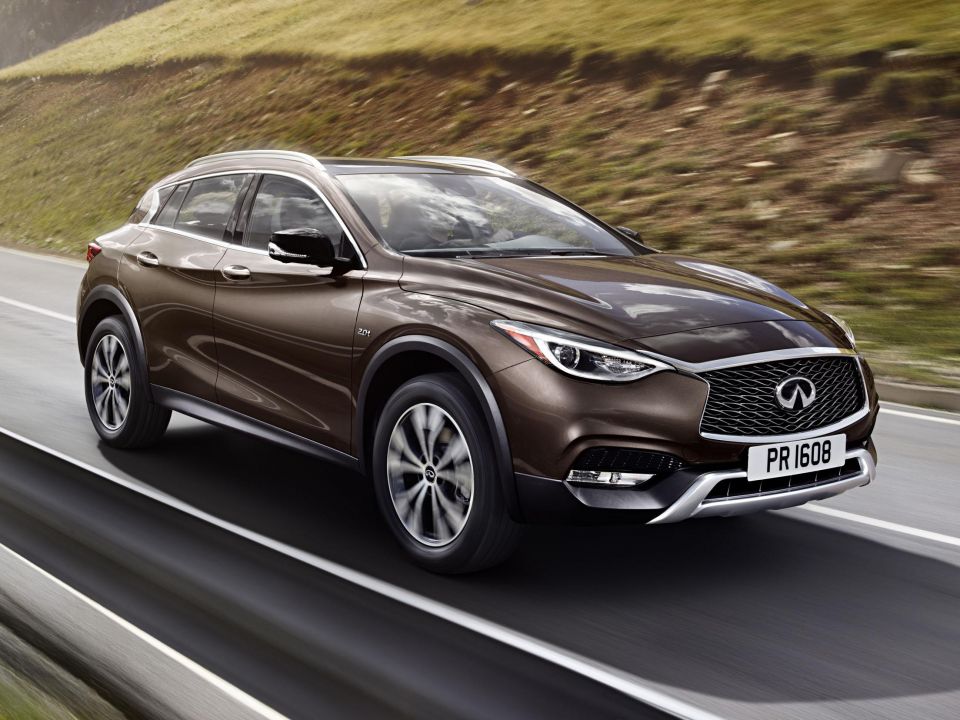
The two brands will share platforms, technology and drivetrains. Infiniti will also use a performance variant of Nissan’s e-Power hybrid powertrain setup.
Quite how closely future Nissan and Infiniti models will be hasn’t been publicly announced, but over the course of its history the two brands have been much more tightly knit together than Acura to Honda and Lexus to Toyota.
The first Infiniti models developed under this plan are expected to appear from 2023.
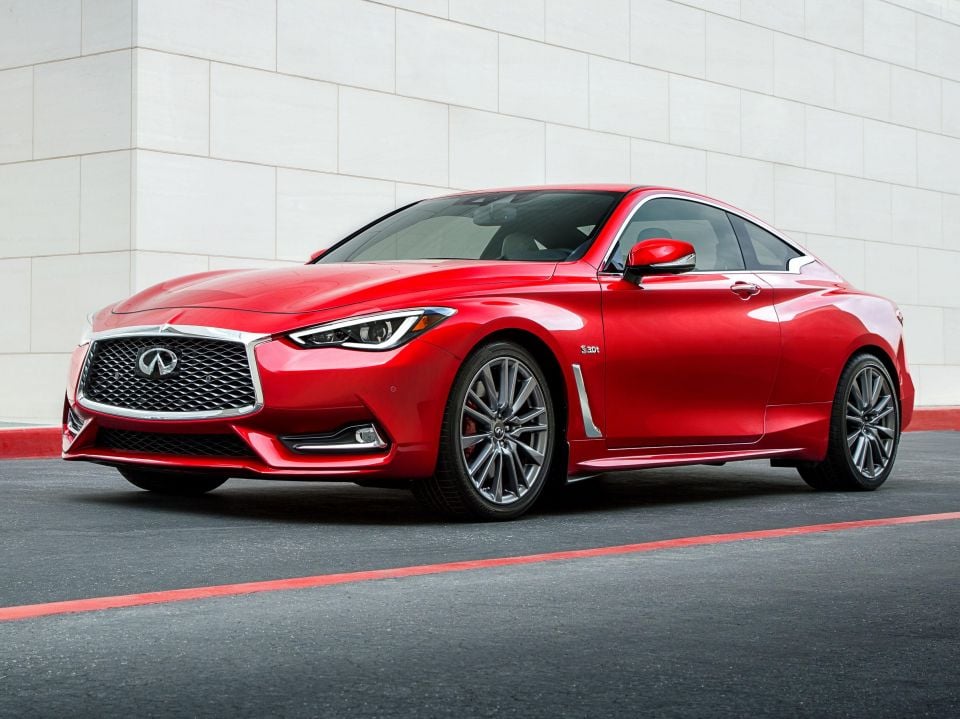
The brand’s narrowed focus contrasts sharply with the lofty ambitions during the era of former CEO Carlos Ghosn, who tasked the brand with hitting 500,000 sales per year and grabbing a 10 per cent share of the worldwide luxury car market.
In 2018, Infiniti achieved its best sales ever with around 249,000 vehicles sold globally. Last year the number slipped back to 188,994, with 117,708 of those taken up by US.
As part of the brand’s expansion strategy, Infiniti moved its headquarters from Yokohama to Hong Kong, and entered an engine and platform sharing deal with Mercedes-Benz, with the Q30 and QX30 underpinned by the German company’s A-Class platform.
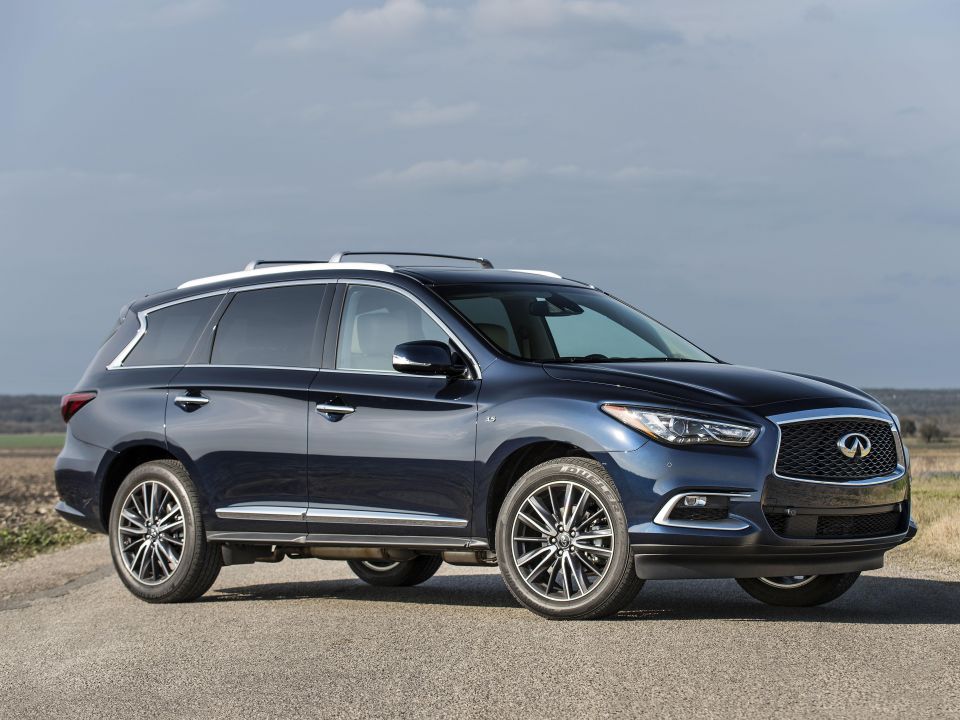
It also began selling cars in Europe and Australia, but sales were slow and the brand announced last year it would withdraw from both markets by the end of 2020.
In 2019 Infiniti sold just 571 cars in Australia. The brand’s high water mark was 2016 when it managed 807 sales.
By comparison Mercedes-Benz manages to shift between 30,000 and 40,000 units per annum, BMW and Audi around 20,000 each, and Lexus up to 9000.
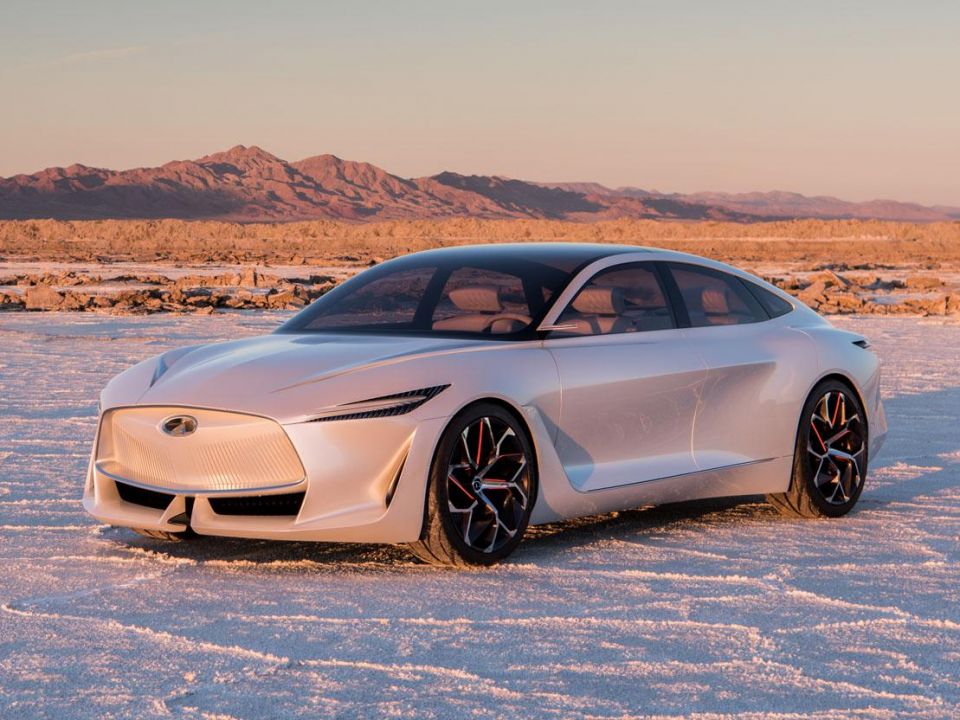
Prior to Ghosn’s arrest, Infiniti was planning to launch a raft of new models on a specially developed electrified platform and with styling drawn from the Q Inspiration and Qs Inspiration concepts.
It’s unclear if these models are still happening, possibly with modified underpinnings, or have been nixed altogether.
Where expert car reviews meet expert car buying – CarExpert gives you trusted advice, personalised service and real savings on your next new car.
Derek Fung would love to tell you about his multiple degrees, but he's too busy writing up some news right now. In his spare time Derek loves chasing automotive rabbits down the hole. Based in New York, New York, Derek loves to travel and is very much a window not an aisle person.


James Wong
5 Days Ago


James Wong
5 Days Ago


Max Davies
4 Days Ago


Josh Nevett
2 Days Ago


Max Davies
2 Days Ago
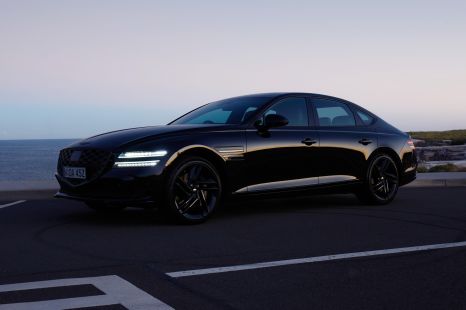

William Stopford
24 Hours Ago